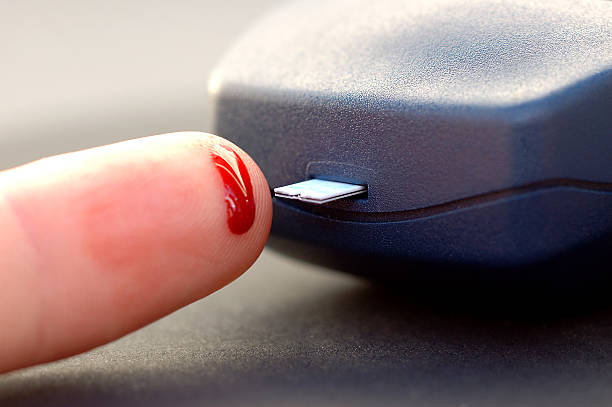
The right lifestyle for diabetics is one of the important points of full interaction with the outside world. By following certain rules, you can improve the quality of life. And this is not about giving up delicious food and doing hard physical work, but about moderation in everything. The diabetic lifestyle is a healthy lifestyle that everyone should follow.
The main task of a person with diabetes is the desire to balance the disease in several ways. An important role in this process is given to the regulation of nutrition, physical activity, labor, rest, etc.
This regimen is one of the basic and general principles of nutrition in diabetes. Compliance with a certain regimen is important for the success of therapeutic measures. With diabetes mellitus of both types 1 and 2, it is recommended to adhere to fractional meals (at least 3-5 times a day), while the break between meals should not exceed 3-5 hours.
Diet plays an important role in the treatment of type 2 diabetes. Your or another nutrition program is selected depending on the well-being of a patient with diabetes (whether there is obesity, arterial hypertension, etc.). The general principles of nutrition in type 2 diabetes include the normalization of carbohydrate metabolism.
To do this, all products are divided into three groups:
Allowed (you can eat as much as you like) – foods containing complex carbohydrates and fiber;
limited (you can eat, strictly controlling the amount eaten) – foods containing saturated fats;
Prohibited (not recommended to be included in the diet, used only to eliminate attacks of hypoglycemia) – products containing refined carbohydrates.
Since the majority of type 2 diabetics are overweight, the main goal of dietary interventions is to normalize body weight, which is necessary to reduce fat intake and reduce caloric intake of nutrients. A person with type 2 diabetes should work with their doctor to develop individual dietary guidelines. Only an individual approach to the problem of excess weight will achieve the effect in a short time.
There is usually no calorie restriction for the diet of people with type 1 diabetes. The exception is overweight patients. But since children and adolescents usually have type 1 diabetes, their diet, on the contrary, should be complete.
Here the main emphasis is not on the choice of product, but on accounting for the amount consumed. This is due to the fact that adequate insulin therapy shows a clear idea of the amount of food eaten, because the dose of insulin directly depends on this. To do this, scientists have developed a table of bread units, which allows you to calculate foods containing carbohydrates in the diet.
Bread unit (XE) is a conditional indicator of the amount of products containing 10-12 g of carbohydrates. 1 SEE increases blood glucose levels by 1.5-2 mmol/l. To take 1 chi in a cell, 0.5 to 4 only need insulin.
Important for all people with diabetes:
Don’t skip meals;
Track your weight;
limit salt intake to maintain normal blood pressure;
Drink at least 1.5 liters of water every day;
Do not include/limit the consumption of alcoholic beverages;
regularly do a set of physical exercises;
It is enough to approach the choice of products, taking into account the amount of food consumed.
To maintain normal blood glucose levels and prevent cardiovascular disease, diabetics are shown regular exercise with moderate exercise. Physical activity is an important component of the complex therapy of diabetes mellitus.
Regular physical activity leads to an increase in the sensitivity of tissues to insulin, thereby enhancing the action and effect of glucose preparations.
For patients with type 2 diabetes, physical activity, along with proper nutrition, plays one of the main roles in the treatment process (DM2 compensation). The need for physical training is limited by their intensity. The stay, duration and type of training should be discussed individually with your doctor. Only in this case, you can count on the maximum effect of the lesson without compromising health.
Also, training requires monitoring blood glucose levels before and after certain exercises. Too high rates (above 11 mmol / l) are a contraindication to any physical work.
In people with diabetes, hypoglycemia (low blood glucose) can occur with exercise. At the same time, it is impossible to start classes on an empty stomach with glycemia <5.5 mmol / l. To exclude the possibility of hypoglycemia